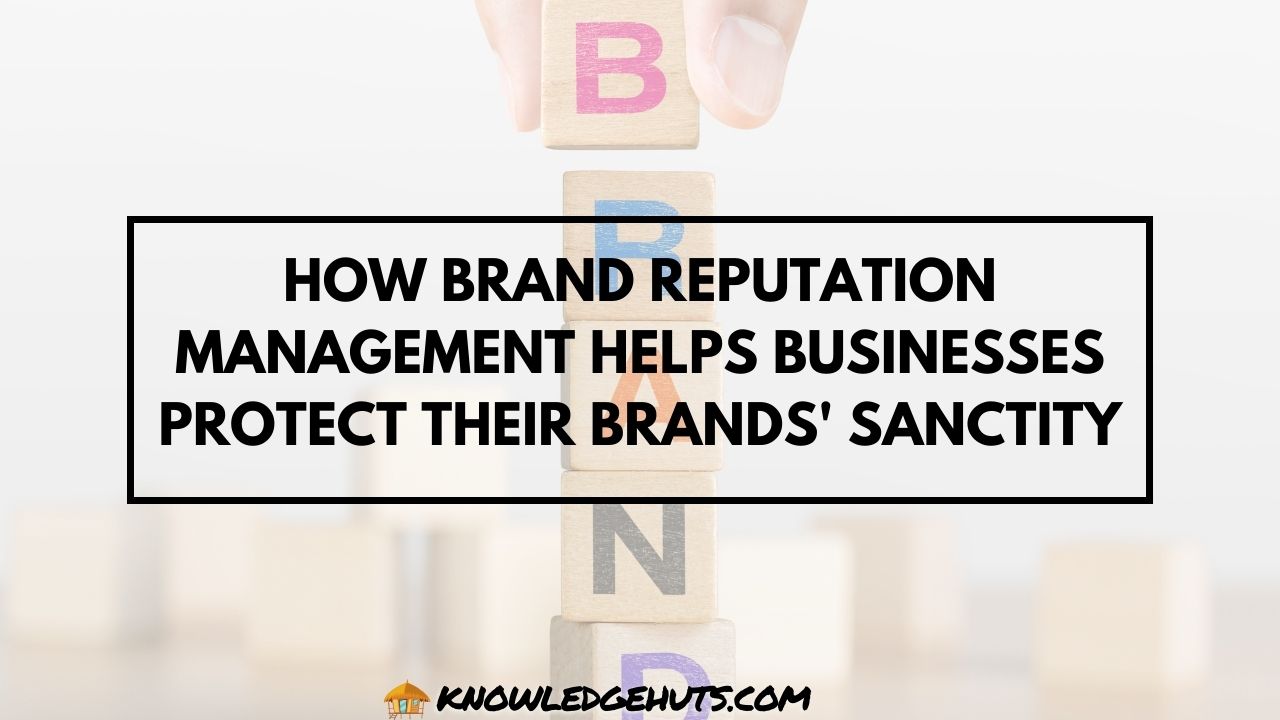Remember the brands when they used to overlook their customer’s needs and didn’t bother their brand’s social image? However, many of those brands have now shut down and become irrelevant in today’s market.
Brand reputation management allows businesses to focus on their core activities, like listening to what their customers are saying and the social narrative regarding their brand. With online reputation measures, brands can protect their image and integrity against any false narratives and protect their brands from waves of wrong and falsifying rumors. Nearly 90% of users have based their buying decisions on online reviews.
5 of the Best Strategies for Brand Reputation Management
Brand reputation management is an ongoing process that requires extensive efforts from brands to keep their brand integrity more substantial and relevant.
5 of the effective strategies for brand reputation management are:
- Appreciate Ratings and Reviews
Customers appreciate when brands ask for their recent opinions and interrogate them regarding their experience with the brand through survey forms. Reviews are a valuable part of the customer’s experience and journey.
Many consumers get influenced by product positive and original reviews instead of product offers or discounts.
- Be Attentive to All the Reviews
Being responsible and attentive to all the reviews should be on the top list of every brand. Many brands hire social media coordinators who have the sole duty of managing customers’ feedback and continuing their thoughtful conversation with them via social comments and reviews.
Businesses need to respond to reviews, whether they are positive or negative. Respond to positive reviews with a personalized reply to showcase meaningful and honest conversations. At the same time, prompt responses to negative reviews are also appreciated. Listen to their complaints and reply to them with satisfactory answers.
- Focus on Visual and Social Content
Brands need to work on bringing visual appeal to their content. Visual representation on social platforms and web pages engages customers and promotes a positive brand reputation.
Displaying social content on multiple platforms and repurposing user-generated content allow brands to showcase their authenticity. E-commerce stores that gives dedicated space to images uploaded by real shoppers proves to be more impactful than any branded content or designs.
- Implement Relevant SEO Practices
Many consumers and shoppers start their buying journey through search engines like Bing and Google. It’s important to optimize websites according to SEO requirements and needs. This helps them to get the opportunity to rank their businesses. For solid business-to-business (B2B) branding, brands need to optimize their Google My Profile (GMB) and ratings to get the attention of search engine crawlers and appear in matching queries with SEO-centric content on their web pages.
A solid brand reputation approach includes SEO tactics and strategies in their plan that also help them solidify their PR marketing efforts. The better the organic presence, the more opportunities there are for them to appear at customer-relevant search queries.
- Focus on Top-Notch Customer Service
Any business that is looking to thrive in the marketplace and striving to create loyalty with customers prioritizes top-notch customer service.
Many brands have understood the importance of providing better customer service and have included them in digital brand services. As a result, brands have started integrating AI-powered chatbots into their business websites. These chatbots prove to be effective tools for customer service as they provide quick answers to customers’ queries regarding products and tackle their bad experiences with swift replies and recommendations.
The Pillars of Brand Reputation Management
Listening to Customer Data: This pillar includes taking notice of customers’ data which means taking tabs on customers interactions, feedback and reviews. B2b Branding uses different tools to see their brand’s reputation score and see any potential risks or sentiments that are harming their brand’s image.
Taking Notice of Competitors’ Data: Many brands research competitors’ data to see how they conduct their reputation management practices. This helps brands see what the strengths and weaknesses of their competitors are and where their own brand stands within the industry.
Review Data: There are many review sites and communities that showcase different brands and store reviews and ratings. Visiting and reviewing those sites can assist them in seeing their brand reputation among their customers. This will help them in getting to know where their brands stay in their customer’s eyes.
Wrapping Up
Brand reputation management is all about strengthening and optimizing brand presence to protect brand integrity against unforeseen circumstances. Brands can use different strategies like enhancing their customer service, SEO practices, and visual content to give consumers an authentic experience.








